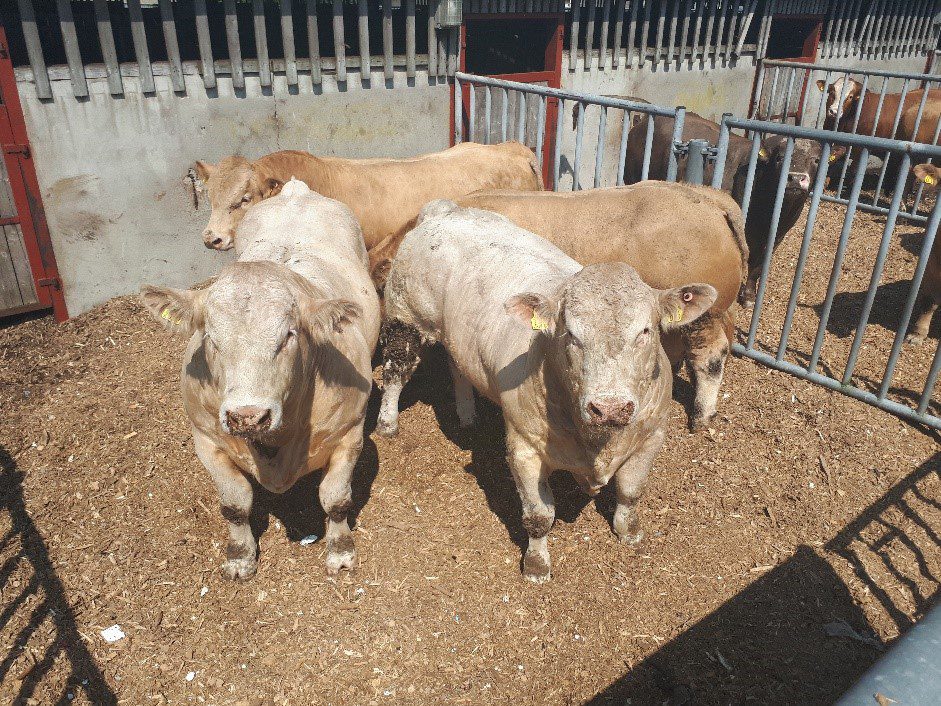Although the outlook for winter finishing is challenging, finishing is in full swing across the country and farmers should ensure that their animals are on the correct diet.
The difficult weather conditions – experienced throughout this year – have driven the price of straw and concentrates to new levels and also left straw in scarce supply.
Whether farmers are finishing traditional breeds or continental bulls, feeding animals for the shortest period possible – and achieving the correct finish – will leave more money in the farmers’ pocket.
Farmers buying winter feed need to look out for a number of ingredients and nutritive values. The single most important determinant of live weight gain in finishing cattle is energy.
Beef animals need to be fed an energy-dense diet ensuring rapid growth. By feeding the correct ration, animals add meat to their frame and optimise fat cover before slaughter.
Also Read: Assessing cattle that are fit for slaughter: What do I look for?Concentrate rations can be expensive and animals on an intense feeding regime need to be fed efficiently; this will result in the animal being finished quicker.
According to Teagasc, the energy value in concentrate mixes for high levels of performance should contain a minimum value of 0.92UFV/kg for finishing cattle.
Another important factor is the protein content of the ration. It is important to note that the protein requirement of the animal will depend on the quality of silage being fed. Therefore, it is important for farmers to test the quality of their silage.
The protein content should be sufficient for the growth rate of the animal, but also to balance the energy ingredients inside the feed.
In addition, a good source of digestible fibre will help reduce the risk of digestive upsets and it is important to keep the animal’s rumen healthy and to prevent the rumen from becoming too acidic.
Feed should be free from mould and toxins, as these have been linked to problems such as: poor performance; immunity problems; swollen legs; and higher incidence of lameness — all of which could seriously impact profitability.
Beef finishers should always ask for more information on the nutrient content of the ration – particularly the energy, protein, mineral and fibre values.
Farmers are also advised to shop around, as there can be a lot of variation in price – the cheapest ration mix may not be the best value.
It must be noted that high-protein concentrate mixes do not always have a high-energy content. For example, the energy content of a 14% crude protein concentrate mix could be higher than in an 18% crude protein ration.
Farmers should also check the mineral content of the ration to ensure cattle are receiving sufficient levels. As with all intense, high-energy diets, a fresh supply of water should always be readily available to the animal.
Liaising with your nutritionist ensures that the animals are on the correct diet in order to achieve optimum results and save you money in the long run.


